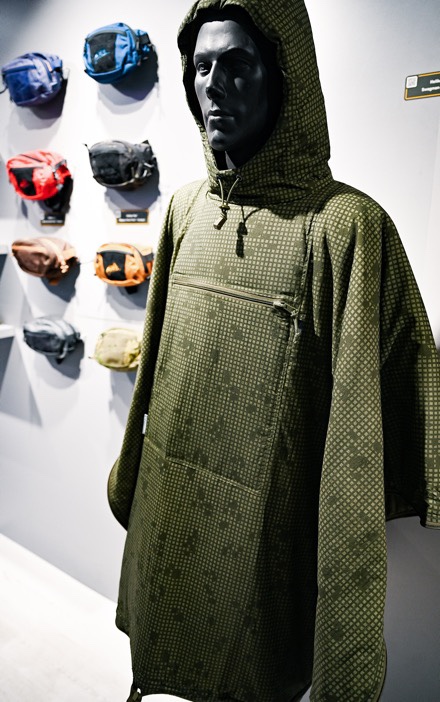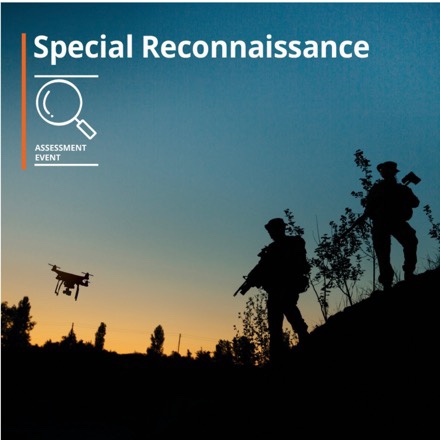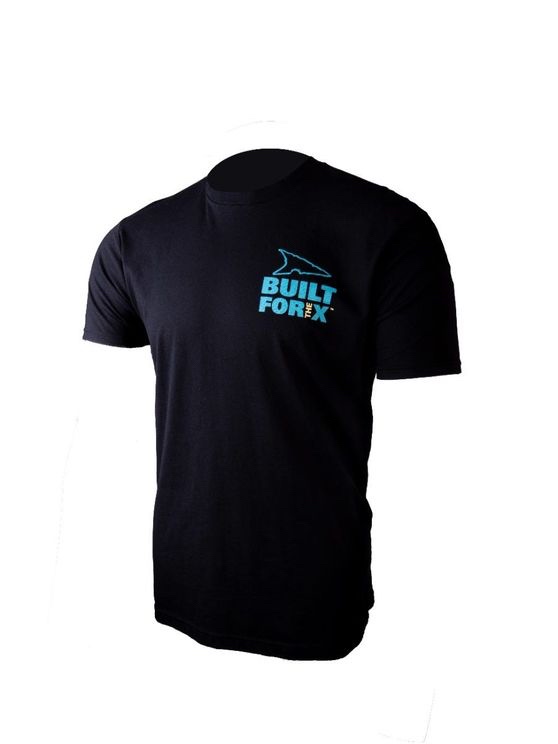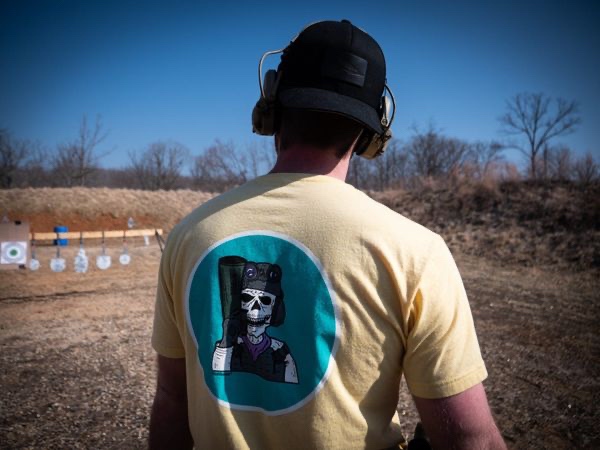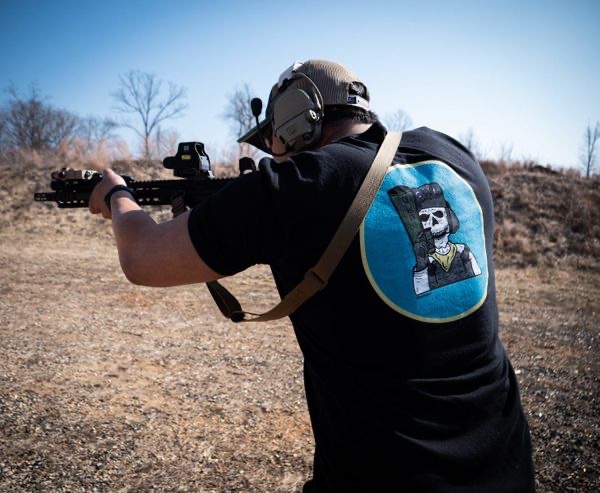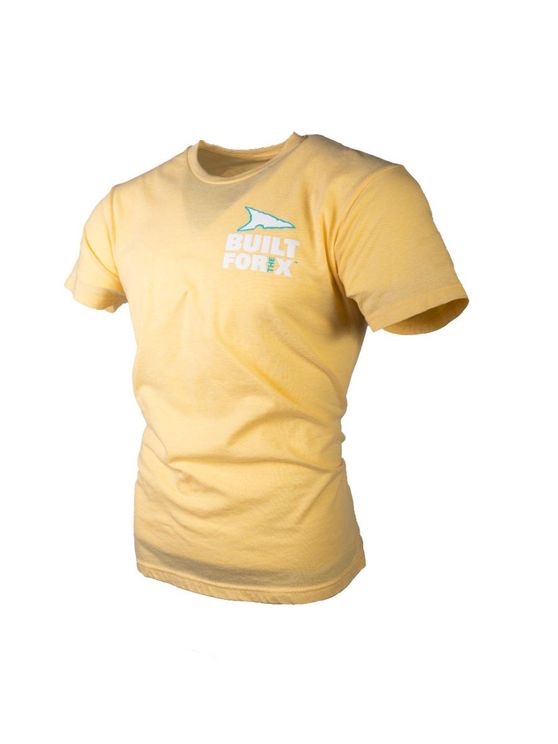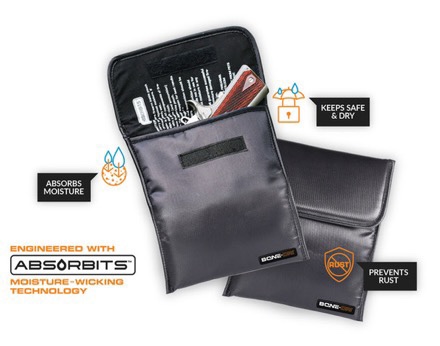ORLANDO, Fla. (AFNS) —
Senior Master Sgt. Brent Kenney, 52nd Fighter Wing, Spangdahlem Air Base, Germany, received the 2022 Spark Tank trophy at the Air Force Association’s Warfare Symposium, March 4.
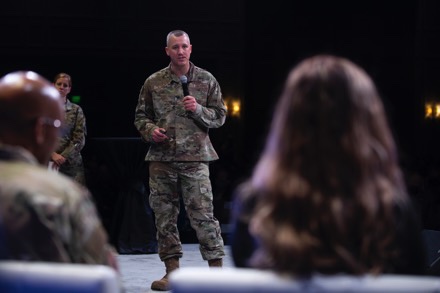
Kenney’s idea, “Project Arcwater,” is a simple, green, expedited way to save energy and provide drinking water by using solar fabric and environmental water harvesting in an agile combat employment. This will cut the operational energy and logistics associated with operations all around the Department of the Air Force.
It was a close competition as the six semi-finalist teams pitched their ideas to Air and Space Force senior leaders and industry experts during the symposium. As judges deliberated between the pitches, audience members online and in person cast their votes and selected Arcwater as a fan favorite. Shortly after, Arcwater was awarded as the 2022 Spark Tank winner.
The Arc Water system is a simple, green, and expedited way to save energy, provide drinking water, and support contingencies across the world in a small agile package. The project was submitted as part of the Spark Tank 2022 competition. (United States Air Forces in Europe – Air Forces Africa courtesy video)
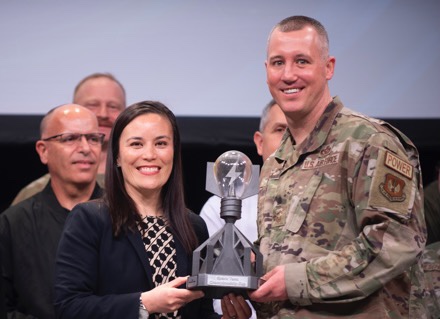
“It was an amazing experience,” Kenney explained. “Being part of this process was amazing, getting to know all these other innovators and seeing how they are just as passionate as you are.”
The Spark Tank initiative allows Airmen from around the force to put forward some of their best innovative ideas and compete to make it reality.
Kenney created Arcwater to provide a system that aims to significantly decrease the logistics of transporting water and energy needs at off-the-grid locations through solar panels, a water harvester, and AC/heating tool, creating gallons of potable water out of thin air.
According to Kenney, now that Arcwater is the 2022 Spark Tank winner and has support from DAF, it can shift to reaching its full potential.
“Without the support of those that I work with in my office, I would not be here,” Kenney said.
By TSgt Armando A. Schwier-Morales
Secretary of the Air Force Public Affairs
